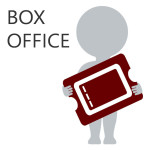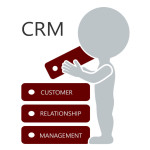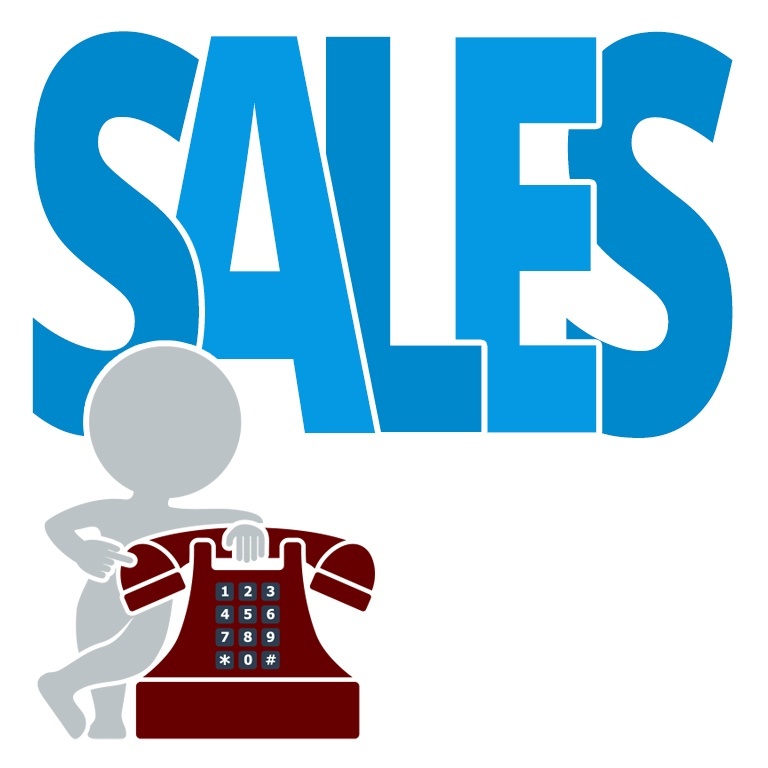Ever since publishing the original version of this article in 2011, there doesn’t seem to be an end to the uncertainty surrounding the relationship between websites, box office, and customer relationship management solutions (CRM) along with where they do and do not intersect.
In the worst case scenarios, arts organizations end up encountering huge cost overruns due to nothing other than lack of knowledge about how much effort is involved with something like integrating a box office solution into their website.
In more ideal scenarios, all three of these items are seamlessly integrated and each of the respective providers has made clear what the organization can expect with regard to cost alongside with any limitations in capability.
Primary Component Functionality
Where The Lines Begin To Blur
Although all three components can integrate to one degree or another, it is more common for Box Office and CRM solutions to coexist via a shared database that can be housed and managed via the organization’s servers or a remote access system (i.e. cloud based computing).
What distinguishes one solution from another is the respective ability to provide an integrated user interface, or content management system (CMS), to facilitate record management, initiate interaction tasks, and create reports.
Organizations can purchase solutions that provide the basic acquisition, storage, and delivery functionality related to custom records then pays a developer to create a CMS interface or opt for a provider that has developed the latter on top of their existing database.
Another element that fits within multiple components and can even function as a standalone platform is email marketing clients (systems used to create, distribute, and track email communication). Although it is typical for comprehensive CRM and Box Office solutions to include an email marketing client that draws on its corresponding database, it is still one aspect that many arts groups contract as a separate component. And the real beauty here is email marketing clients are comparatively simple to pop in and out of any of the three components.
In general, the field of email marketing client providers has exploded with high quality options; which means competition; which means a highly refined set of choices at competitive prices (especially for nonprofit). In fact, it is a topic that really deserves a post all to itself.
Special Considerations
One of the unfortunate realities for a number of arts groups is they don’t get to control which Box Office solution to use. Instead, they must utilize one or more box office solutions provided by their venues, which can throw a real monkey wrench into the equation from the standpoint that they may or may not be allowed to access the ticket buyer data collected by the venue operating the Box Office solution.
As a result, the ability to import/export data to a CRM may be limited or, even worse, require the data be entered manually, one record field at a time.
If your organization falls into this scenario, solutions designed to integrate the CRM and Box Office components may simply not be a viable option. Likewise, the Box Office solution(s) required by your venues may have an even greater impact on the following topic and, ultimately, your decisions regarding which solutions to utilize.
Playing Nice, or, The Big Picture
Once you have a handle on the differences between all three components and how they are designed to work together, it is useful to examine how good of a job each one does integrating with the others. This is a potentially crucial step in determining actual costs for any given solution because a competitively priced product that meets your minimum requirements might end up costing a great deal more than the stated cost if their system is difficult to integrate with one of the remaining, necessary components.
Currently, this issue is more important than ever thanks to a widening gap between advancements in web design and CRM and Box Office solutions. Simply put, the latter two lag behind to such a degree that their basic functionality is a good year or more behind standard practice web design (more so for cutting edge solutions).
For instance, responsive web design standards are increasingly commonplace for most web solutions but there are only a handful of box office solutions that confirm to responsive standards. The result is in order to integrate the non-responsive box office solution, an arts organization has to spend money to design a website built atop an outdated publishing platform. Talk about throwing good money after bad, but it is a decision made by hundreds of arts organizations over the past several years.
EXAMPLE: if a CRM solution needs to integrate something into your website, like a form, to collect user information, the option(s) provided by the former for accomplishing that task can span the following options:
- Worst: It’s your responsibility to make that happen, regardless of cost, and no additional assistance or consideration is given to the website platform you utilize. The programming is non-responsive and ultimately, your development costs will be comparatively high in order to get the two components working together.
- Better: They offer an application programming interface (API), which is a special code used to make integration easier when combining two components through something like a php template and at the very least, can inherit the destination’s responsive design standards. Your development costs will be moderate as a well written API makes it easier for programmers to make both components play nice together and add your website’s styling.
- Best: They provide a platform specific integration tool, such as a type of plugin or add-on module, which provides complete integration and automatically adopts inherent web styling with little to no development costs. The solution is 100 percent compliant with responsive design standards and in the best of cases, the solutions are provided free of charge by one component provider or the other and all that’s required is turning it on.
You’ll need to determine how to fit these pieces together and to that end, you have quite a few options. More often than not, it isn’t uncommon for service providers from the website component to handle something like integrating elements from the CRM or Box Office but it is increasingly common to have representatives from both providers work together toward integration goals.
Whether or not your organization even needs to consider these options (and related expenses) will depend on a number of variables generated by the combinations of solutions you choose.
Looking forward, the big decision many groups will need to face is whether or not it is time to make the tough decision to leave behind old Box Office and CRM providers that fail to keep pace with web design standards. Even though it may seem daunting, you’ll be glad you made the decision.
Hold On A Moment, What About General Ecommerce?
For a number of arts organizations, non ticket/donation ecommerce, such as merchandise, concessions, education offerings, and more, are an increasingly larger part of overall earned income. On one hand, this is a great trend but it could produce some problems if you’re existing box office provider does not offer a robust enough solution.
In those instances, which is more often than not, most organizations will need to implement an ecommerce platform via their website and the big issue there is whether or not that system can communicate with your CRM.
For instance, some box office and CRM providers offer completely closed systems, meaning there’s no way to automatically pull or push data into those databases. As a result, you’ll end up being stuck using a manual data transfer process.
But providers that offer an API may very well make it possible for you to connect user accounts and push/pull data between systems. This type of connectivity will always incur development costs and given the variables involved based on each provider’s platform, you’ll need to get those providers talking and make sure you take into consideration every possible consideration in order to accurately estimate development costs.
Conclusions
 Now that you have a better understanding of how these components do and do not fit together and how those interactions can impact actual cost of ownership, you’ll be in a position to examine all three elements at the same time when considering a system overhaul.
Now that you have a better understanding of how these components do and do not fit together and how those interactions can impact actual cost of ownership, you’ll be in a position to examine all three elements at the same time when considering a system overhaul.
If you don’t have that much flexibility, make sure potential providers for any one component know which other components you’re using so there are no unpleasant surprises down the road (“Oh, you use that CRM? Well then, your website is going to cost a lot more if you want to integrate the two.”).
In the end, I hope you have a better understanding of the differences between Websites, Box Office, and CRM solutions. But given the scope of these issues, you might have some additional questions. If so, feel free to send them in and I’ll do my best to provide the answers.





